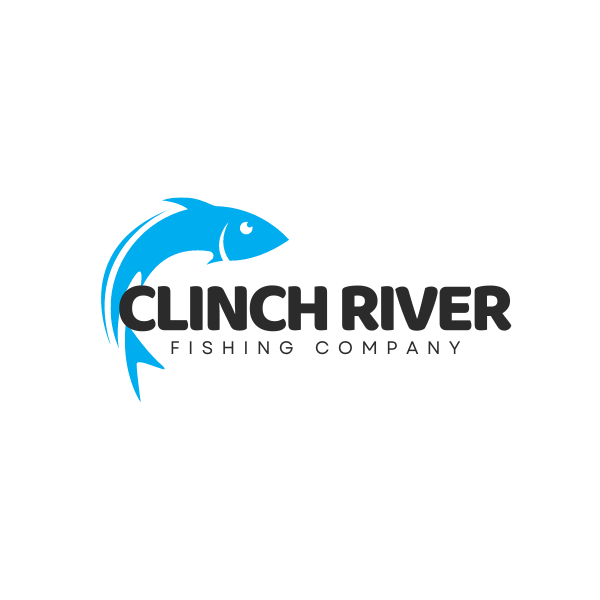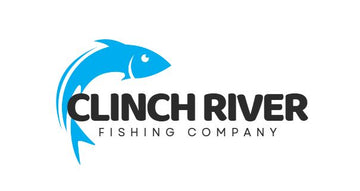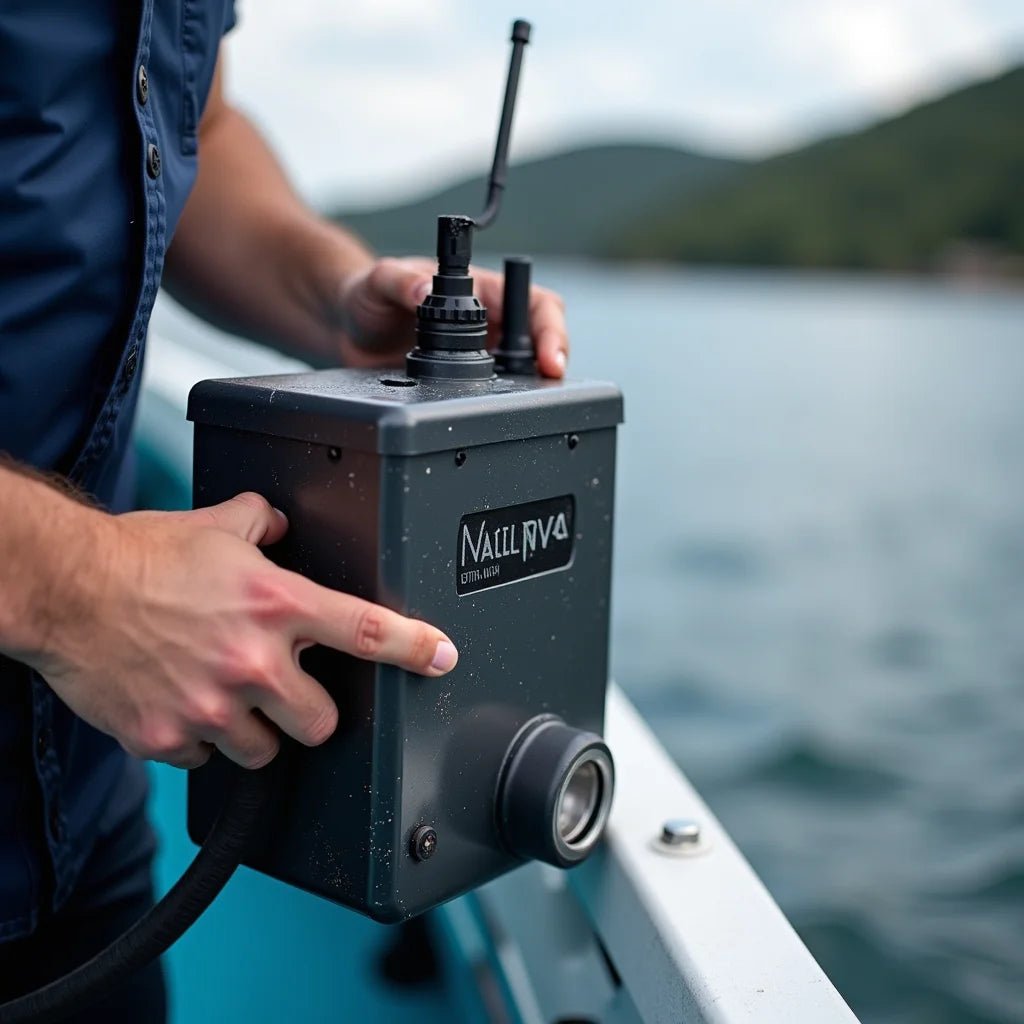Updated on: 2025-10-13
- Why a marine oil change pump matters for boat engines
- Common mistakes to avoid with a marine oil change pump
- Pros & cons analysis of marine oil extractor pump options
- Quick tips for cleaner oil changes on the water
- Wrap-up & key insights on using a marine oil change pump
- How do you use a marine oil change pump to remove engine oil?
- What size or flow rate marine oil change pump do I need?
- Which marine oil change pump works best for inboard and outboard engines?
A marine oil change pump can turn a messy job into a simple maintenance habit. Whether you refer to it as a boat oil change pump or a marine oil extractor pump, the goal is the same: remove used engine oil with less mess and less stress. By drawing oil through the dipstick tube or a dedicated service port, a reliable engine oil extractor helps you protect your engine and the water you love. In this guide, you will learn how these pumps work, what features matter, and how to choose a 12v oil change pump or manual extractor that fits your boat and your routine.
Common mistakes to avoid with a marine oil change pump
Choosing and using a marine oil change pump is straightforward, yet a few common missteps can lead to frustration. A little awareness can help you avoid spills, slow flow, and incomplete oil removal.
- Using the wrong hose size: A hose that is too large may not fit the dipstick tube, while one that is too small may collapse under suction. Confirm your tube’s inner diameter and match it carefully.
- Skipping oil warm-up: Cold oil flows slowly. If it is safe to do so, warming the engine briefly helps lower viscosity and improves extraction speed.
- Insufficient power for 12v oil change pumps: Weak batteries reduce flow and can stall a pump. Ensure your battery is healthy and connections are clean.
- Forgetting to vent manual pumps: Vacuum-style canisters need a proper seal and occasional venting. Without it, suction may fade mid-extraction.
- Overfilling the reservoir: If your extractor’s tank is smaller than your engine’s oil capacity, pause midway and empty it to avoid spills or backflow.
- Not reaching the sump’s low point: If the suction tube does not touch the lowest point of the pan, some oil may remain. Gently reposition the tube for a more complete extraction.
- Ignoring manufacturer requirements: Some outboards have specific procedures or fittings. For example, a marine oil change pump for Yamaha outboards may benefit from an adapter to ensure a secure connection.
- Neglecting safe disposal: Used oil must be collected and recycled at approved facilities. Proper handling protects waterways and keeps your boat tidy.
Pros & cons analysis of marine oil extractor pump options
Every style of marine oil change pump offers trade-offs. Understanding them can help you choose the best fit for your boat and maintenance setup.
Pros of manual marine oil extractor pump styles
- Portable and simple, with no wiring required.
- Good control over suction; helpful for delicate dipstick tubes.
- Fewer moving parts and easy to store on small boats.
- Often budget-friendly and suitable for occasional use.
Cons of manual marine oil extractor pump styles
- Slower for large crankcase volumes.
- Requires steady hand pumping to maintain vacuum.
- Can be tiring during back-to-back oil changes.
Pros of a 12v oil change pump
- Faster extraction, especially useful for multi-engine setups.
- Convenient push-button operation once connected to power.
- Consistent flow with an adequately charged battery.
Cons of a 12v oil change pump
- Requires reliable 12-volt power and secure wiring.
- May need occasional impeller or seal maintenance.
- Higher initial cost compared to basic manual pumps.
Inboard vs. outboard considerations
- Inboards: The best marine oil change pump for inboard engines often has strong suction and a stable canister to handle larger oil capacities.
- Outboards: Compact designs shine here. A marine oil change pump for Yamaha outboards may benefit from manufacturer-specific adapters for a snug, drip-free connection.
If you prefer a quiet read on gear and techniques, you may find helpful resources on the Blog or browse catalogs in All collections. For a quick overview of services or to return to the front page, the Home page is a calm starting point, and the Contact page is available if you wish to reach out.
Quick tips for cleaner oil changes on the water
- Warm the oil gently: A short, safe warm-up improves flow for both manual and 12v oil change pump models.
- Check tube diameter: Confirm your dipstick tube size and choose a matching suction hose to maintain a good seal.
- Prime the line: Pre-fill a small segment of the hose with oil to help a pump establish suction faster.
- Stabilize the canister: Place the extractor on a flat, secure surface to avoid tipping and splashing.
- Seal all connections: Hand-tighten fittings and use quality clamps if needed to prevent air leaks.
- Monitor flow: If the stream slows, check for kinks, clogged strainers, or a collapsing inner tube.
- Pause and empty: For large-capacity inboards, empty the reservoir before it reaches the limit line.
- Replace the oil filter last: After extraction, change the filter and refill with the correct grade and quantity of oil.
- Label your next interval: Note engine hours and date so your next change is easy to plan.
- Keep absorbent pads handy: Place pads under fittings and along the bilge to catch incidental drips.
Wrap-up & key insights on using a marine oil change pump
A marine oil change pump makes routine maintenance more approachable and more gentle on the environment. By selecting the right capacity, matching the hose to your dipstick tube, and ensuring proper power for a 12v model when needed, you can remove oil efficiently and with minimal mess. Whether you favor a manual canister or a powered marine oil extractor pump, a thoughtful setup and a few calm checks can keep your engine running smoothly. The result is a cleaner bilge, a tidy dock, and more confidence whenever you prepare for a day on the water.
How do you use a marine oil change pump to remove engine oil?
Start by warming the engine briefly so the oil flows more easily. Turn the engine off and confirm it is safe to work. Insert the suction tube down the dipstick tube until it reaches the bottom of the oil pan. If you use a manual engine oil extractor, pump to build vacuum and watch for steady flow into the reservoir. If you use a 12v oil change pump, connect to a reliable battery source with secure clamps and switch it on. Keep an eye on the hose for air leaks or kinks. When flow slows and the tube begins to gurgle, you have likely reached the lower portion of the pan. Gently reposition the tube to pick up any remaining oil. When finished, cap the extractor, change the filter, and refill with fresh oil to the recommended level.
What size or flow rate marine oil change pump do I need for my boat engine?
Two factors matter most: your engine’s oil capacity and how frequently you perform oil changes. For small outboards with modest oil volumes, a compact manual marine oil extractor pump can be sufficient. For larger inboards or frequent maintenance, a higher-capacity canister or a 12v oil change pump with a faster flow rate can save time. As a gentle rule of thumb, choose a pump that can empty your crankcase in a few minutes without straining. If you have multiple engines or a large sump, prioritize stronger suction and a reservoir that exceeds the oil capacity so you are less likely to pause mid-change.
Which marine oil change pump works best for inboard and outboard engines?
For inboard engines, the best marine oil change pump for inboard engines is often a robust canister extractor or a reliable 12v unit with steady suction and a spacious reservoir. These handle larger oil capacities and reduce downtime. For outboards, portability matters; a compact manual extractor or a small powered pump with the correct adapter can work well. If you own a Yamaha outboard, a marine oil change pump for Yamaha outboards that supports the brand’s service fittings can help secure a cleaner connection and consistent flow.

Owner and CEO of Clinch River FIshing USA. A marine electroncs, fishing and outdoor store.

